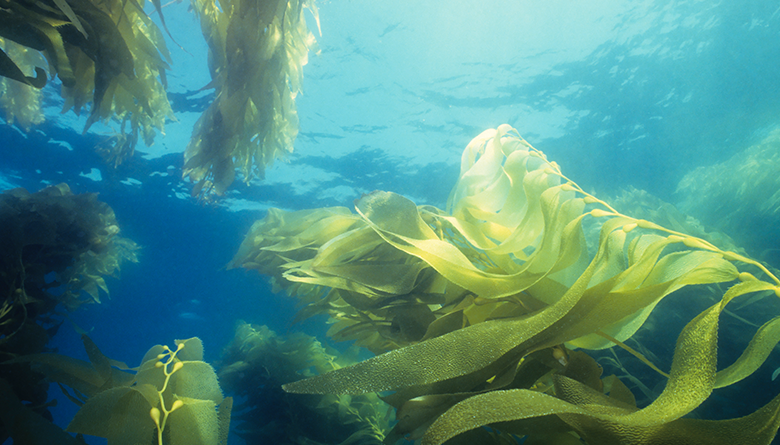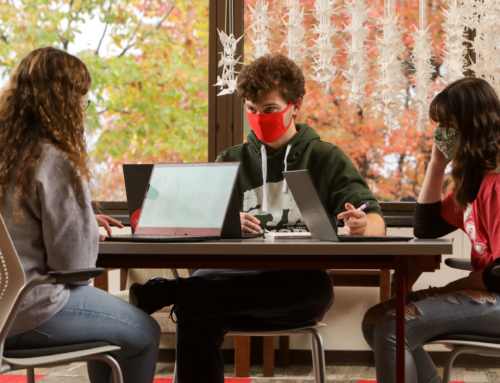By Mary Martialay
Nori is the Japanese name for edible seaweed, a staple in most Japanese or Japanese American diets. Now, researchers may have found a link to seaweed extract and blocking the COVID-19 virus.
The spike protein on the surface of the virus latches onto the ACE-2 receptor, a molecule on the surface of human cells. Once secured, the virus inserts its own genetic material into the cell, hijacking the cellular machinery to produce replica viruses. But the virus could just as easily be persuaded to lock onto a decoy molecule that offers a similar fit. The neutralized virus would be trapped and eventually degrade naturally.
“We’re learning how to block viral infection, and that is knowledge we are going to need if we want to rapidly confront pandemics,” said Jonathan Dordick, the lead researcher and a professor of chemical and biological engineering at Rensselaer Polytechnic Institute. “The reality is that we don’t have great antivirals. To protect ourselves against future pandemics, we are going to need an arsenal of approaches that we can quickly adapt to emerging viruses.”
In addition to working with the seaweed extract, Dordick and his team are also testing three variants of heparin. In a dose response study, all the seaweed extract compounds have produced more effective results on blocking the virus than remdesivir, while the heparin variant performed on par with remdesivir, the drug currently in use.
“What interests us is a new way of getting at infection,” said Robert Linhardt, a Rensselaer professor of chemistry and chemical biology who is collaborating with Dordick to develop the decoy strategy. “The current thinking is that the COVID-19 infection starts in the nose, and either of these substances could be the basis for a nasal spray. If you could simply treat the infection early, or even treat before you have the infection, you would have a way of blocking it before it enters the body.”
“It’s a very complicated mechanism that we quite frankly don’t know all the details about, but we’re getting more information,” said Dordick. “One thing that’s become clear with this study is that the larger the molecule, the better the fit. The more successful compounds are the larger sulfated polysaccharides that offer a greater number of sites on the molecules to trap the virus.”



